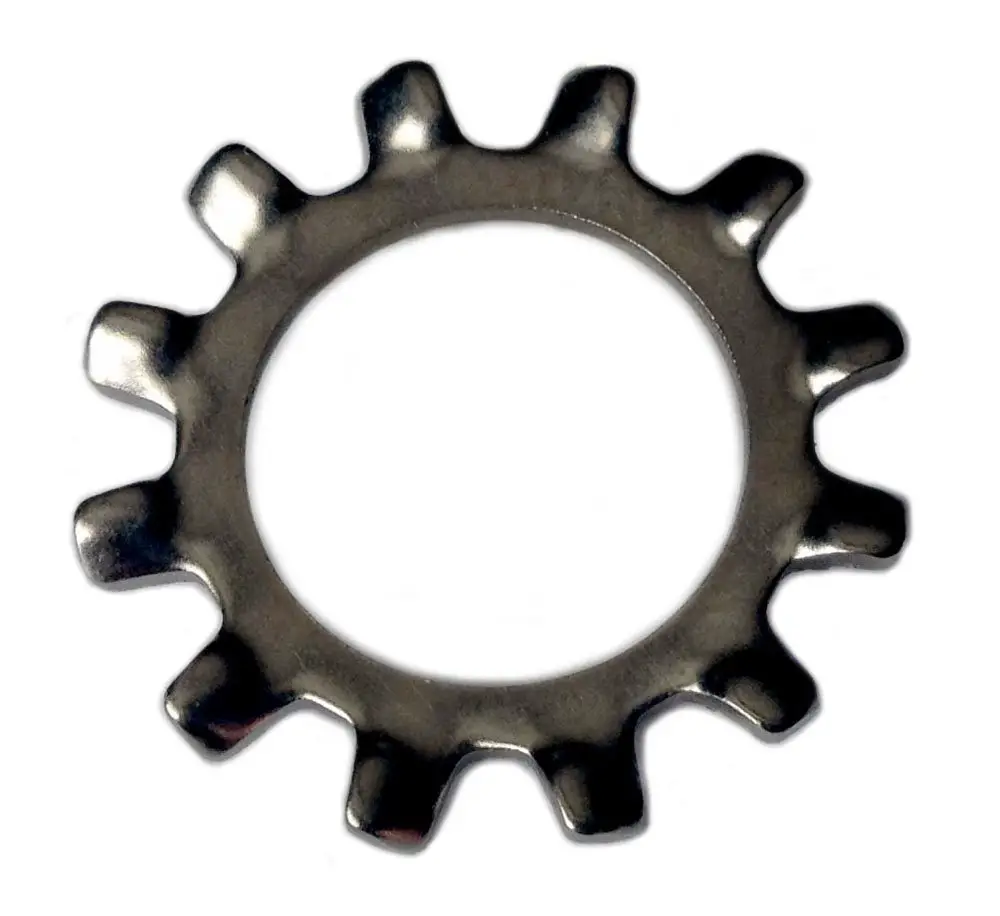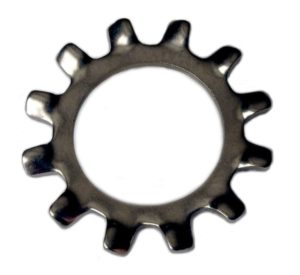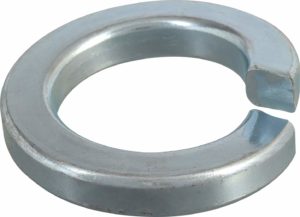The best way to install a Split lick washer is in a clockwise direction. Look through the External Tooth Lock Washer vs Split lock washer review to see what you have been missing.
I was convinced that I was doing all my do-it-yourself projects wrong. To be honest, I am a bit of an enthusiast who enjoys crafts work. I started off with pottery and beadwork, and had enjoyed so much success that I was considering bigger projects. At some point, I started selling and gifting my home made furniture to my friends. I was so excited when I took up carpentry and woodwork. However, my constructions kept coming loose at the joints.
What are the differences between External Tooth Lock Washer and Split lock washer
| Comparison | Stainless Steel External Tooth Star Lock Washer | Split lock washer |
| Size | ¼ inch | ¼ inch |
| Weight | 1.28 ounces | 4 ounces |
| Material | Stainless steel | Steel |
| Usage | Plastic, aluminum | Wood |
| Check the price | Check the price |
External Tooth Lock Washer vs Split lock washer – A Detailed Comparison
Material and durability
The external lock washers are commonly used with head screws and pan button styles. They are made of stainless steel, which mildly magnetic. Sometimes, they have full resistance to magnetic items. They provide the strength needed to hold and have some resistance to corrosion.
The split lock washers are made with a zinc finish which provides a moderate resistance to corrosion. This makes it durable to some extent. The strong stainless steel on the inside makes the material strong and long lasting.
Design
The external tooth lock washer has serrations that extend outwards of the washer’s diameter. This washer does not grip with the serrations so it is effective when used with soft substrates like plastic and aluminium.
The split lock washer is basically a ring that is split on one. The washer is designed in a helical shape which helps when it comes to exertion of pressure between the substrate and the fastener’s head. It creates more rotation resistance and friction by holding the bolt and thread against the nut. The shape also helps to maintain the washer against the nuts.
Installation and effectiveness
The external lock washer is very effective when you use it with a soft or malleable substrate. You can use it on plastic, aluminium and wood and it will work just fine. Surprisingly, it resists rotation more when compared to plain washers. This is due to the small area tension applied on the surface by the serrations.
There have been questions and debates over the use and effectiveness of the split lock washers. According to some users, the split lock washers cannot be installed too tightly. This is because they become flat against the substrate leading to zero resistance to rotation.
1/4″ Stainless Steel External Tooth Lock Washer
The external tooth lock washer has even serrations that extend outwards. The main purpose of the serrations is to bite into the baring surface. This washer is very effective when you are installing it into a soft material such as plastic and aluminium. This external tooth lock washer looks exactly as it is described. The serrations provide a strong holding power.
How is it different to a plain washer? It has the ability to resist rotation on some hard surfaces. The tension between the washer and the surface should be small to ensure it does not rotate when installed. You can use this tooth lock washer for ground bonding; this is where metal lugs are bonded to the surface of the washer electrically. The material of the ¼ external tooth washers is so strong and allows it to cut through finishes, surface oxides, paints and other things to provide a tight grip.
This standard 410 external tooth lock washer is made of stainless steel which is easy to work with and extremely durable. You can use them with button style and pan head screws perfectly. Just like they are meant to do, the teeth will bite into the screws providing the perfect grip.
The pros
- God quality material, durable
- Affordable
- Great for ground bonding
The cons
- Sometimes may not work on hard baring surfaces
Split lock washer ¼ review
The split lock washer is shaped just like a regular washer but has a noticeable split at one point. It offers you a circular bearing that had split ends that function by biting into the material that is being installed. This provides you with a locking feature and helps to keep it nice and tight. Basically, it is rounded and has a split at one point of the circumference. The split is responsible for the force caused by the washer between the substrate and fasteners’ head.
This split washer, like most, has a left hand helix. This property will only allow you to tighten the washer strictly in the clockwise direction. If you try to tighten it in the ant-clockwise direction, it will resist turning due to the bolting of the underside part of the washer.
This split washer is perfect for holding a bolt against its substrate. It maintains the friction when you loosen the washer slightly. The shape of this split washer carries a benefit of its own. When there is too much compression near the bolt, this washer will twist until it flattens. In return, this reduces split rate of the bolt and keeps the force on the same level. In short, it provides an effective way to prevent bolts from loosening
Pros
- It has a zinc finish to moderate any corrosion resistant
- You can use it with bolts and nuts that have a similar diameter
- You get 100 pieces in the package
Cons
- It is somewhat useless for locking
The bottom line
Both washers are great for smaller project because you can actually install them on smooth surfaces like wood, aluminium and plastic. It all depends on what screw or bolts I want to use for the projects.
FAQS
How many external teeth are on the ¼ lock washer?
There are 9 external teeth on the ¼ sized lock washers. There are no other sizes provided for this lock washer so they will only work with bolts the same size.
Internal or external lock washers? Which one is better?
Internal lock washers work well with smaller screw heads while external lock washers work best with larger heads, it
Is the split lock washer galvanised?
No, the split lock washer is cadmium coated. It also has a zinc finish that helps to minimise corrosion and can be used with treated lumber applications.
What is the outer diameter of the external tooth lock washers?
The outer diameter of the lock washer is 5/8 inches. The inner diameter is the most important when you are installing the bolts



